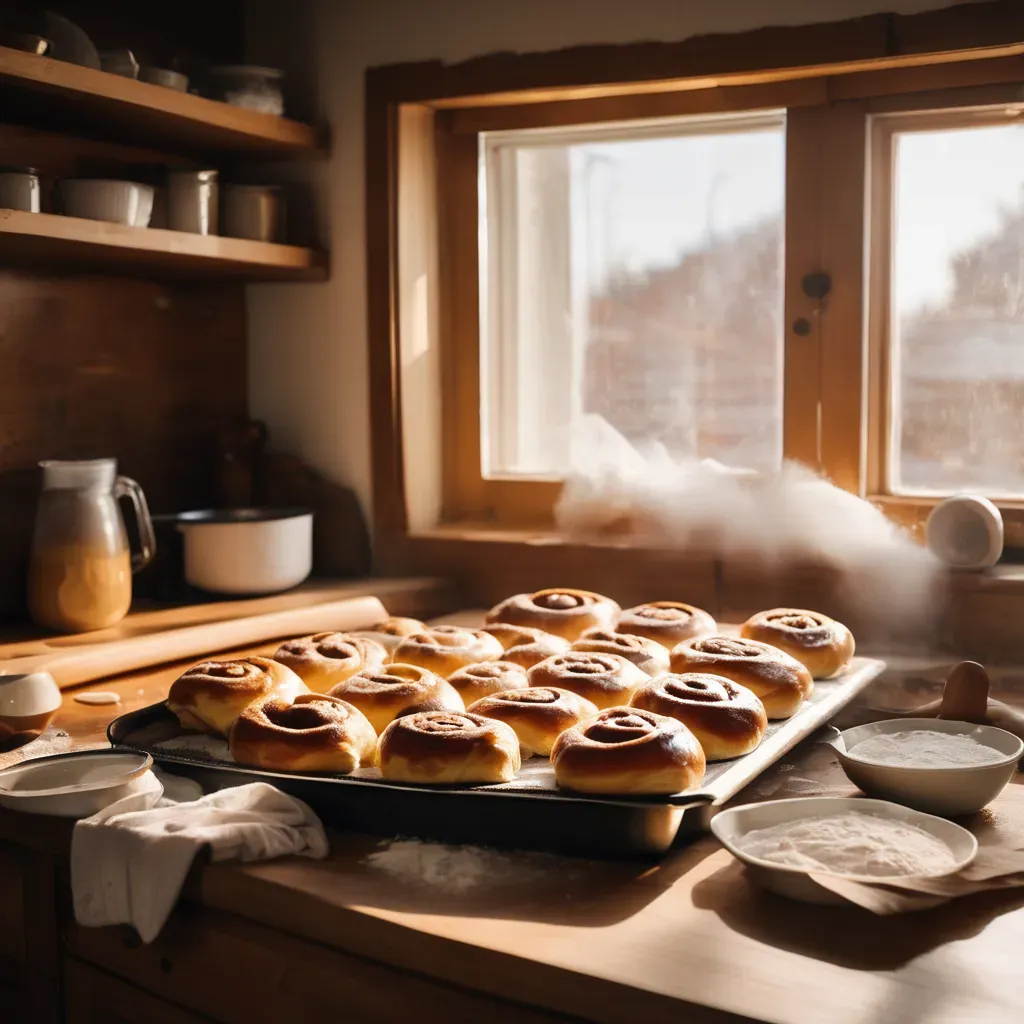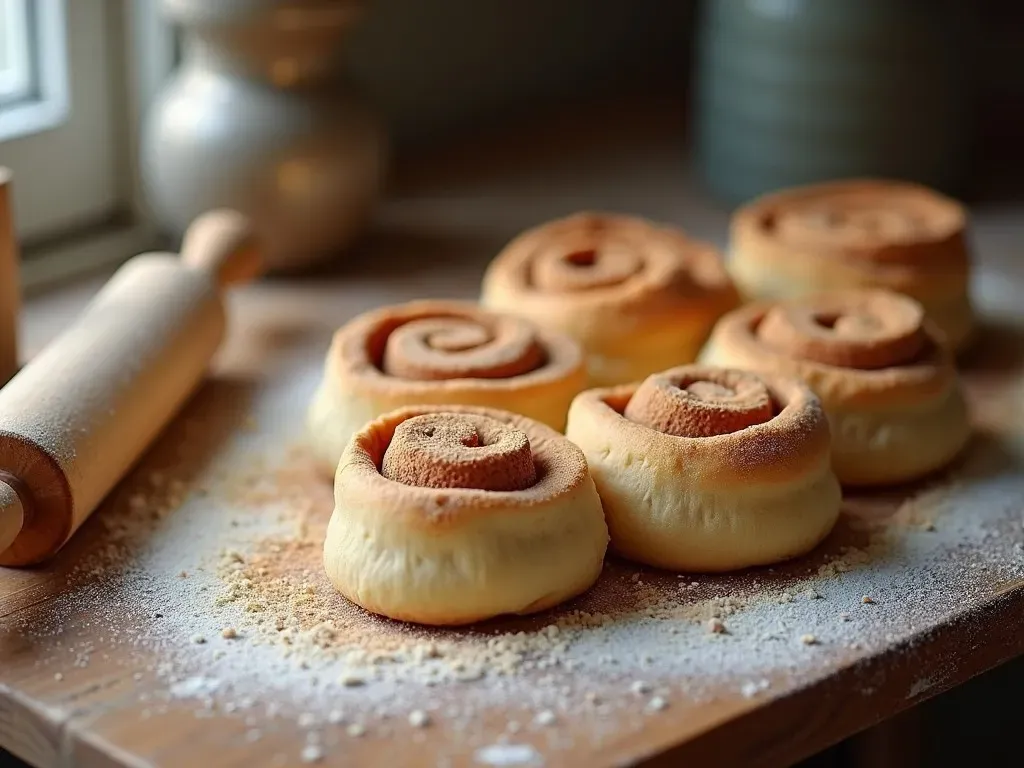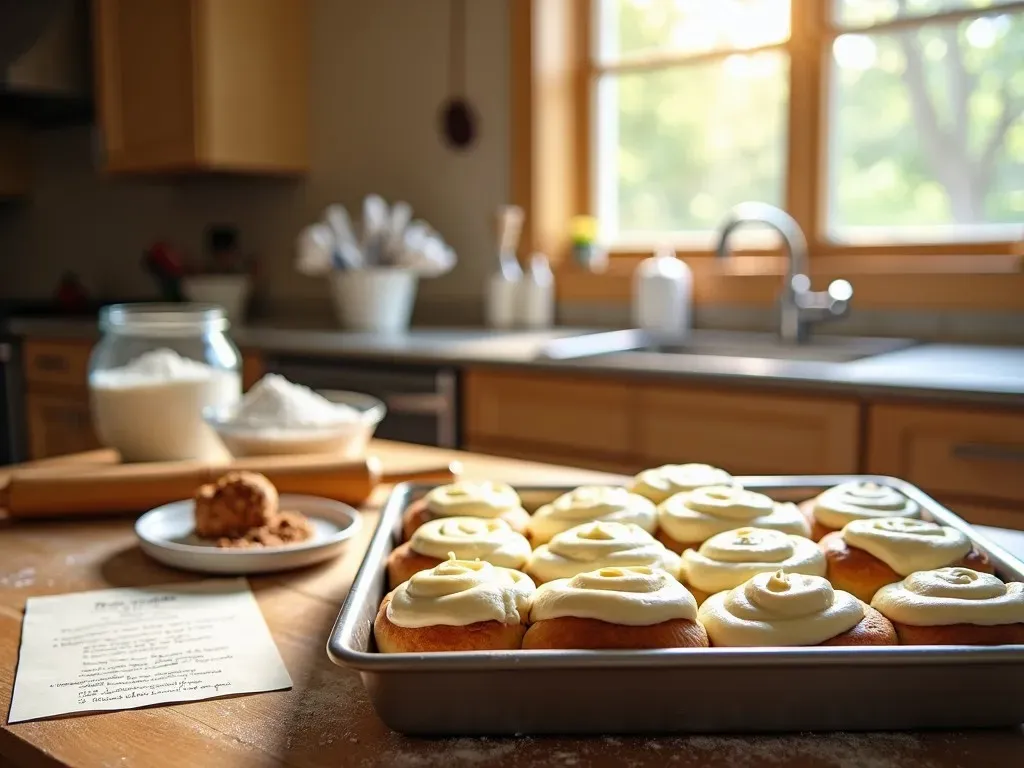High altitude baking poses unique challenges, especially when it comes to beloved pastries like cinnamon rolls. However, with the right techniques and adjustments, you can achieve soft, fluffy, and delightful high altitude cinnamon rolls that will impress your family and friends. Below is a comprehensive guide on how to master this delicious treat at high elevations.
Understanding High Altitude Baking Challenges
Baking at high altitudes (above 3,000 feet) changes the way ingredients work together. The lower atmospheric pressure can lead to several issues:
- Rapid Rising: Yeast starts working faster, which can lead to over-proofing before baking.
- Moisture Loss: Higher elevations can cause baked goods to dry out more quickly.
- Increased Baking Time: It often requires longer baking times to achieve the desired doneness.
Knowing these factors can drastically improve your baking results, particularly with techniques tailored for high altitude cinnamon rolls.
| Challenge | Effect on Cinnamon Rolls | Solution |
|---|---|---|
| Rapid Rising | Over-proofing and collapse | Reduce yeast or increase the amount of flour |
| Moisture Loss | Dry and dense rolls | Increase liquid in the recipe |
| Increased Baking Time | Underbaked or overbaked rolls | Monitor closely and adjust baking time |
Essential Ingredients for High Altitude Cinnamon Rolls
Choosing the right ingredients is crucial in achieving the perfect texture and flavor:
- Flour: Use all-purpose flour, but consider adding a bit more (1-2 tablespoons) than the recipe calls for.
- Yeast: Opt for active dry or instant yeast. You may reduce the yeast, especially if you’re at a very high elevation.
- Liquid: Increase the milk or water slightly (1–2 tablespoons) to compensate for moisture loss.
- Sugar: Too much sugar can interfere with yeast activity. Adjust the sugar slightly to avoid overly sweet or collapsed rolls.
Reference Video
Step-by-Step High Altitude cinnamon roll recipe
Here’s an easy-to-follow recipe for high altitude cinnamon rolls.
Ingredients
Dough:
- 4 cups all-purpose flour (plus extra for rolling)
- 1 packet (2 1/4 teaspoons) active dry yeast or instant yeast
- 1/2 cup granulated sugar
- 1 teaspoon salt
- 1 cup whole milk, warmed
- 1/3 cup unsalted butter, melted
- 2 large eggs
Filling:
- 1/2 cup unsalted butter, softened
- 1 cup brown sugar, packed
- 2 tablespoons ground cinnamon
- 1/4 teaspoon salt
Frosting:
- 4 oz cream cheese, softened
- 1/4 cup unsalted butter, softened
- 1 cup powdered sugar
- 1 teaspoon vanilla extract
- 1-2 tablespoons milk
Instructions
-
Proof the Yeast: In a bowl, combine warm milk, a teaspoon of sugar, and yeast. Let it sit for about 5–10 minutes until bubbly.

-
Mix the Dough: In a large mixing bowl, combine flour, sugar, and salt. Mix in the melted butter and eggs. Add the yeast mixture and knead until a soft dough forms.
-
First Rise: Place the dough in a greased bowl, cover it with plastic wrap, and leave it in a warm place for about 1–1.5 hours or until doubled in size.
-
Prepare the Filling: Mix together softened butter, brown sugar, cinnamon, and salt in a separate bowl until smooth.

-
Roll Out the Dough: Once the dough has risen, punch it down and roll it out on a floured surface into a 12×18 inch rectangle.
-
Spread the Filling: Evenly spread the filling mixture over the dough.
-
Shape the Rolls: Starting from the long edge, tightly roll the dough into a log. Pinch to seal and cut into twelve equal rolls.

-
Second Rise: Place the rolls in a greased pan. Cover and allow to rise until doubled (about 45 minutes).
-
Bake: Preheat the oven to 350°F (175°C) and bake for 20–25 minutes or until golden brown.
-
Prepare the Frosting: While the rolls are baking, mix cream cheese, butter, vanilla, and powdered sugar until smooth. Gradually add milk to achieve the desired consistency.

-
Frost and Serve: Once baked, allow the rolls to cool for a few moments before drizzling the frosting over the top.
Expert Tips for Success
- Adjust for your Elevation: If you’re above 6,000 feet, you may need to reduce sugar and increase flour even further.
- Monitor Temperature: Oven temperatures can be tricky at high altitudes. Use an oven thermometer to ensure accuracy.
- Experiment: Each high-altitude region may require different adjustments. Keep notes on what works and what doesn’t for future batches.
- Use Fresh Ingredients: Ensure that your yeast and baking powder are fresh to avoid rising issues.
FAQ
What is considered high altitude for baking?
High altitude is typically defined as any elevation above 3,000 feet. Baking conditions change as you go higher, which can affect how your foods rise.
How can I tell if my yeast is still active?
If your yeast mixture does not foam up within 5-10 minutes of being mixed with warm water and sugar, it may be dead and should not be used.
Can I make cinnamon rolls ahead of time?
Yes! You can prepare the rolls and refrigerate them overnight before the second rise. Just ensure they come to room temperature before baking.
How should I store leftover cinnamon rolls?
Store any leftovers in an airtight container at room temperature for up to two days. For longer storage, freeze them wrapped tightly in plastic, then foil.
To find more expert tips and a variety of high-altitude recipes, check out UWYO’s Nutrition and Food Safety.
Whether you’re a seasoned baker or trying high altitude cinnamon rolls for the first time, following these tips and guidelines will lead to delicious, fluffy, and satisfying results every time. Happy baking!
